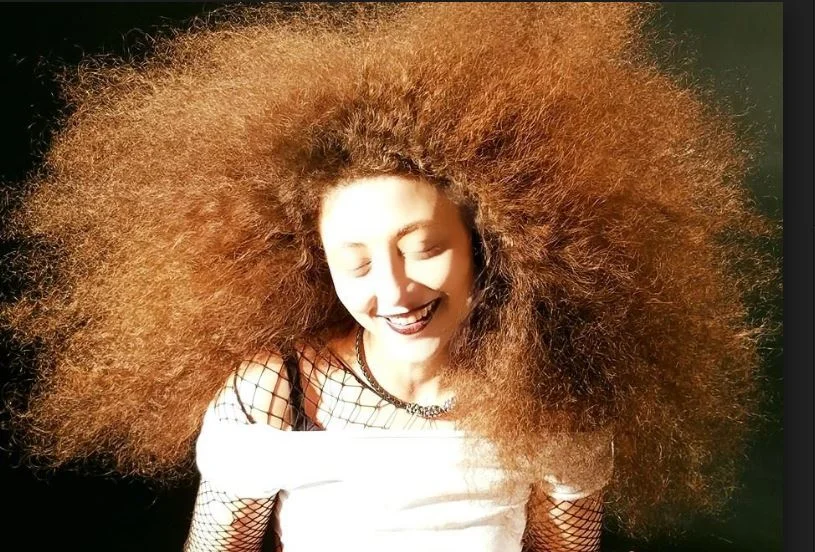In January 2017, drummer Sanah Kadoura fell in her New York apartment and hit her head on the sharp corner of a windowsill. Three days later she was on her way to a gig when she became disoriented and unable to breathe, and by the next day she’d lost her vision, speech, and ability to walk. At the hospital she was diagnosed with a traumatic brain injury, a condition that can cause permanent neurological damage and is sometimes fatal. This chilling diagnosis threatened to sideswipe Kadoura’s budding career: She was forced to cancel the session for the album that she was just two days away from recording—her debut release, Hawk Eyes (s/p).
By the time of the accident, Kadoura had been making a name for herself on the New York club scene, and she’d worked or toured with several jazz legends, including guitarist Ed Cherry, trumpeter Philip Harper, and pianist Kirk Lightsey. As she slowly began to recuperate she tried to keep her gig schedule going—curiously, she never lost the ability to play despite her impairments—but the stress of performing proved to be overwhelming. So after a gig with vibes player Joe Locke in April 2017, she left New York and returned to her native Calgary in Alberta, Canada, to wait for her brain to heal completely.
When she returned to New York six months later, it was with a changed album in mind. “I’m a completely different person now,” Kadoura says, adding that the way her neurological pathways reconfigured after the accident have altered how she plays. “It was like something cracked open, and I was a much better player immediately. It was weird.”
The album, eight original tracks recorded in April of this year, now serves as a chronicle of Kadoura’s recuperation, with the title, Hawk Eyes, referring to her need to rise above the pain of her injuries in order to soldier through them. On the title track—a composition in four parts—she uses contrasting feels and melodies to give voice to the warring sides of her traumatized brain. Part one, the opener, is a solo violin playing an eerie, microtonal line reminiscent of the Middle Eastern songs of her childhood (Kadoura is of Lebanese heritage). Part two uses a tightly fused horn section on a complex, messy melody. Part three opens with a montage of whispers (disturbing questions, Arabic prayers, humming) before bursting into a guitar solo crackling with energy. And part four, the final track, concludes with the band soaring on a cathartic upsurge of energy.
Somewhat surprisingly, perhaps, the other tunes on the release are similarly upbeat. The jaunty “Um…(This Isn’t Real)” not only shows off Kadoura’s natural sense of swing but her developed compositional skills for all the instruments in the band (besides drums, she plays piano, guitar, and bass). The segue into “Amnesia,” the next tune, is an ambulance siren; what follows is a rhythmically sophisticated, mesmerizingly motivic piece that evokes her attempts to find solid footing in an ever-shifting internal world. The writing and recording of these tunes—and the launch of the album—go a long way to serve that purpose. “It’s finally time to release all of that pain and fear,” Kadoura says.
Kadoura’s distressed internal dialogue, though externalized musically on Hawk Eyes, was not always obvious to outside observers. “I had no idea,” recalls bassist James Genus, who has known Kadoura for years but first played with her on the Hawk Eyes session. He remembers her that day as “a strong player—very groove-oriented. She has a strong sense of what she wants as a leader and composer and player.”
“Be Strong.” Kadoura has this phrase tacked on a wall in her Upper East Side apartment—a reminder. Now that she’s made it through to the other side of trauma, she can acknowledge just how hard the fight has been. The new album tells this story, and through the telling offers a message of hope and healing. “It’s kind of beautiful, what’s tucked away in the brain,” Kadoura says.
(Reprinted from the December 2018 issue of Downbeat magazine.)
